Match the column I and II.
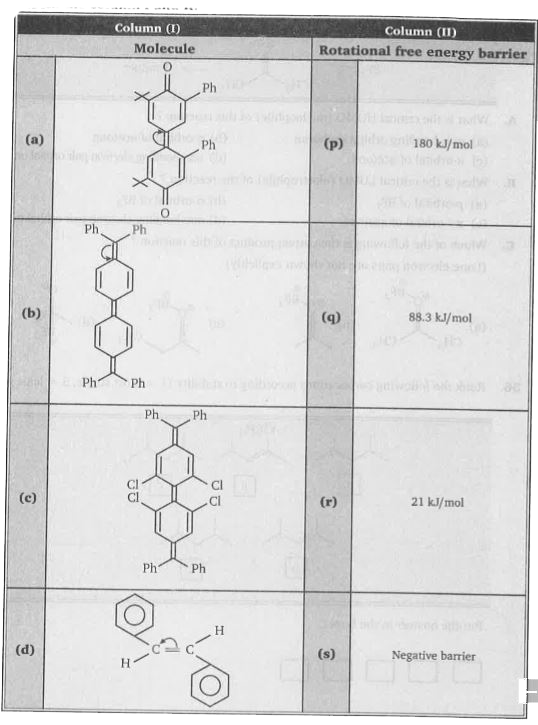 Solution in Kannada
Solution in Kannada
Video Solution
Text Solution
The correct Answer is:a−q;b−r;c−s;d−p
In some alkenes, steric crowding in the planar state may be so severe that the latter is no longer an energy minimum but becomes an energy barrier with the ground state becoming twisted. In this context the compounds in figure are of interest. The drop in rotational barrier from stilbene (42.8kcal mol−1,179kJ mol−1) to compound P (21.1.kcal mol−1,88.3kJ mol−1) to compound Q ("small barrier", cf.) may be explained by increasing stabilization of the triplet biradical transition state. However, the "negative" barrier in R, that is, the fact that the stable ground state of R is non-planar and that the planar conformation represents the transition state for rotation requires a different explanation, the difference between Q and R is presumably due to the steric interaction of the four chlorine substituents in the planar conformation of R. This situation resembles that in o, o.- tetrasubstituted biphenyls to alkenes with low or "negative” barriers.
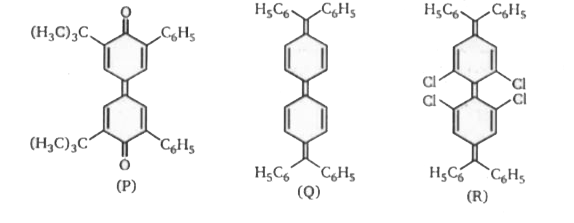
|
Updated on:21/07/2023
Topper's Solved these Questions
- BOOK - MS CHOUHANCHAPTER - GENERAL ORGANIC CHEMISTRY EXERCISE - LEVEL - 2 (SUBJECTIVE PROBLEMS )13videos
GENERAL ORGANIC CHEMISTRY
- BOOK - MS CHOUHANCHAPTER - GENERAL ORGANIC CHEMISTRY EXERCISE - LEVEL - 2 (SUBJECTIVE PROBLEMS )13videos
GENERAL ORGANIC CHEMISTRY
- BOOK - MS CHOUHANCHAPTER - CARBOXYLIC ACID AND THEIR DERIVATIVES EXERCISE - LEVEL-2( SUBJECTIVE PROBLEMS)1videos
CARBOXYLIC ACID AND THEIR DERIVATIVES
- BOOK - MS CHOUHANCHAPTER - GRIGNARD REAGENTEXERCISE - Level-2 (Subjective Problems)6videos
GRIGNARD REAGENT
Similar Questions
How many 2∘ carbon in the following ?
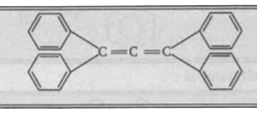 View Solution
View SolutionHow many 2∘ carbon in the following ?
 View Solution
View Solution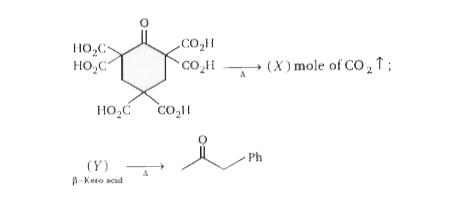
(Y) is including stereoisomers. Value of (X+Y) will be01:25View Solution
How many geometrical isomer of (X) is possible ?01:43View SolutionMatch the column I with the column II
 02:24View Solution
02:24View SolutionMatch the Column -I with Column-II
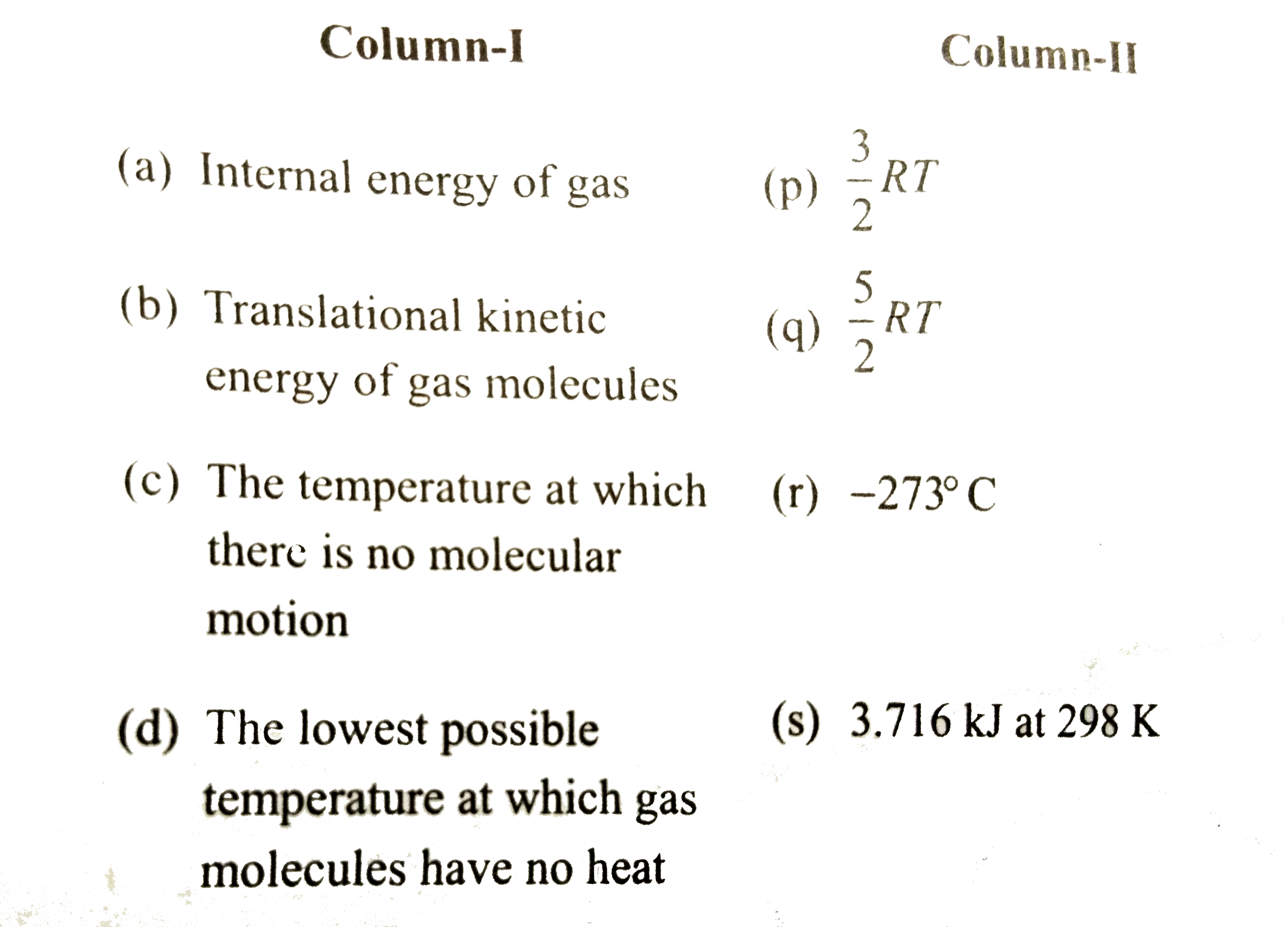 03:26View Solution
03:26View SolutionMatch the column-I with Column-II
 02:52View Solution
02:52View SolutionMatch the column I with Column II.
 .02:22View Solution
.02:22View SolutionMatch the column I with column II.
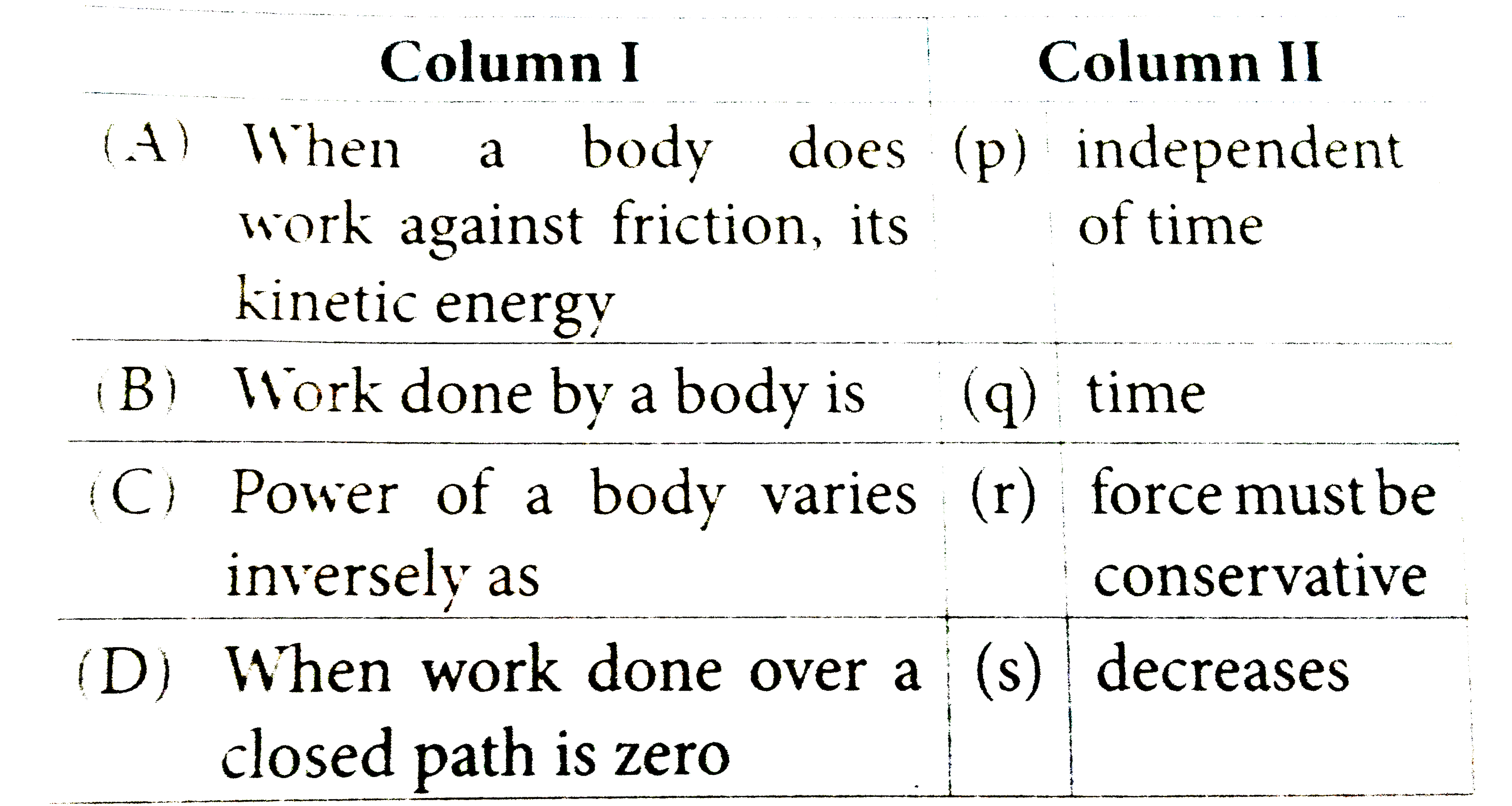 03:15View Solution
03:15View SolutionMatch the Column-I with Column-II :
 View Solution
View SolutionMatch the column-I to column-II:-
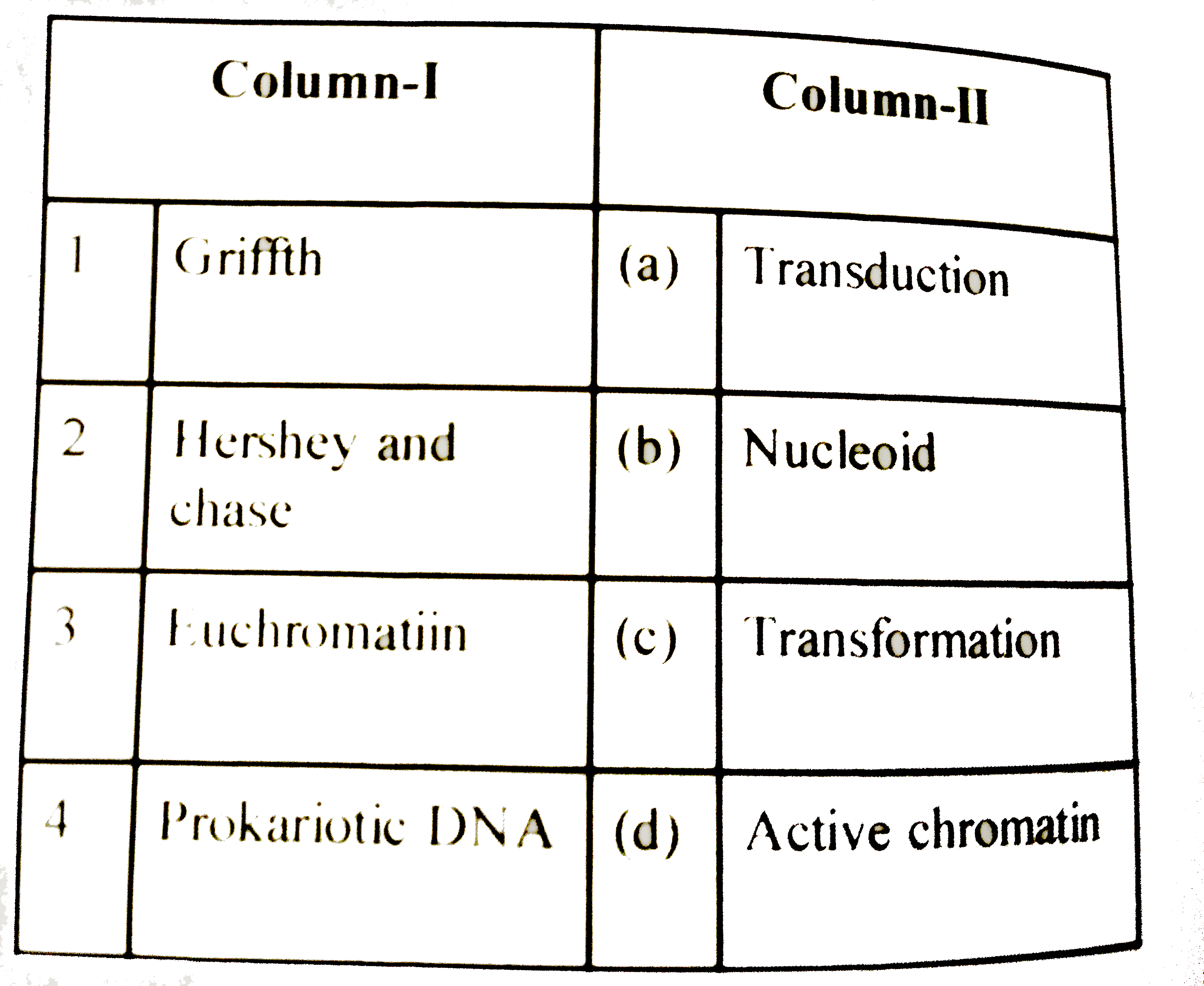 03:11View Solution
03:11View SolutionMatch the column-I and Column-II
 03:55View Solution
03:55View SolutionMatch the column I with column II :
 05:04View Solution
05:04View SolutionMatch the Column -I with Column -II:
 04:16View Solution
04:16View SolutionMatch column I with column II
 02:13View Solution
02:13View Solutionस्तंभ-I को स्तंभ-II से मिलाइए।
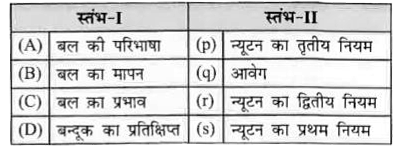 View Solution
View Solution

